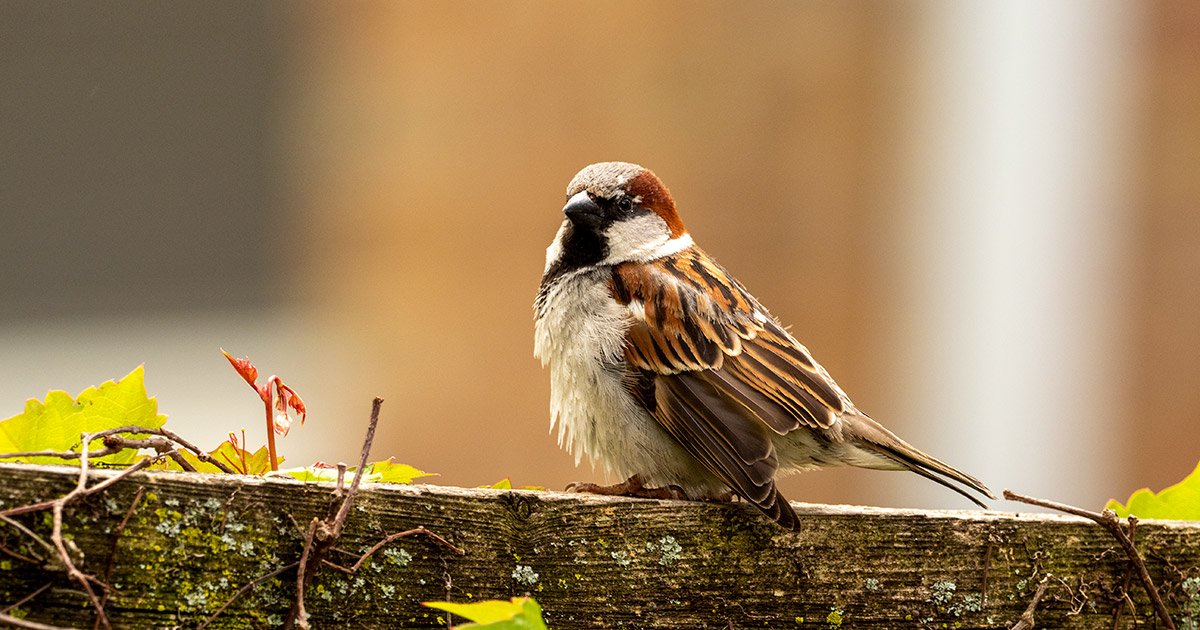You are not considering the difference in scale between the USA and UK. The USA is 40x bigger: Texas alone is over 2x the size. Not to mention that many vagrants of interest may only be of regional interest. A Mountain Bluebird in Florida I would imagine be a huge deal, but no one would care about that species in say...Wyoming, where they are common.
State committees are effectively equivalent to the BBRC as far as vagrants go. The ABA area is more equivalent to the Western Palearctic. And of course as far as I know Spain, Netherlands, France, etc I assume have there own rarity committees that manage there checklists. And ABA only considers cases when they add a new species (introduced or vagrant) to the checklist. After that occurs, they don't consider any additional records, and it's up to the State. If you see Eastern Crowned Warbler in...say Alaska, the Alaska bird checklist committee is the only one to evaluate it, because it's already on the checklist.












